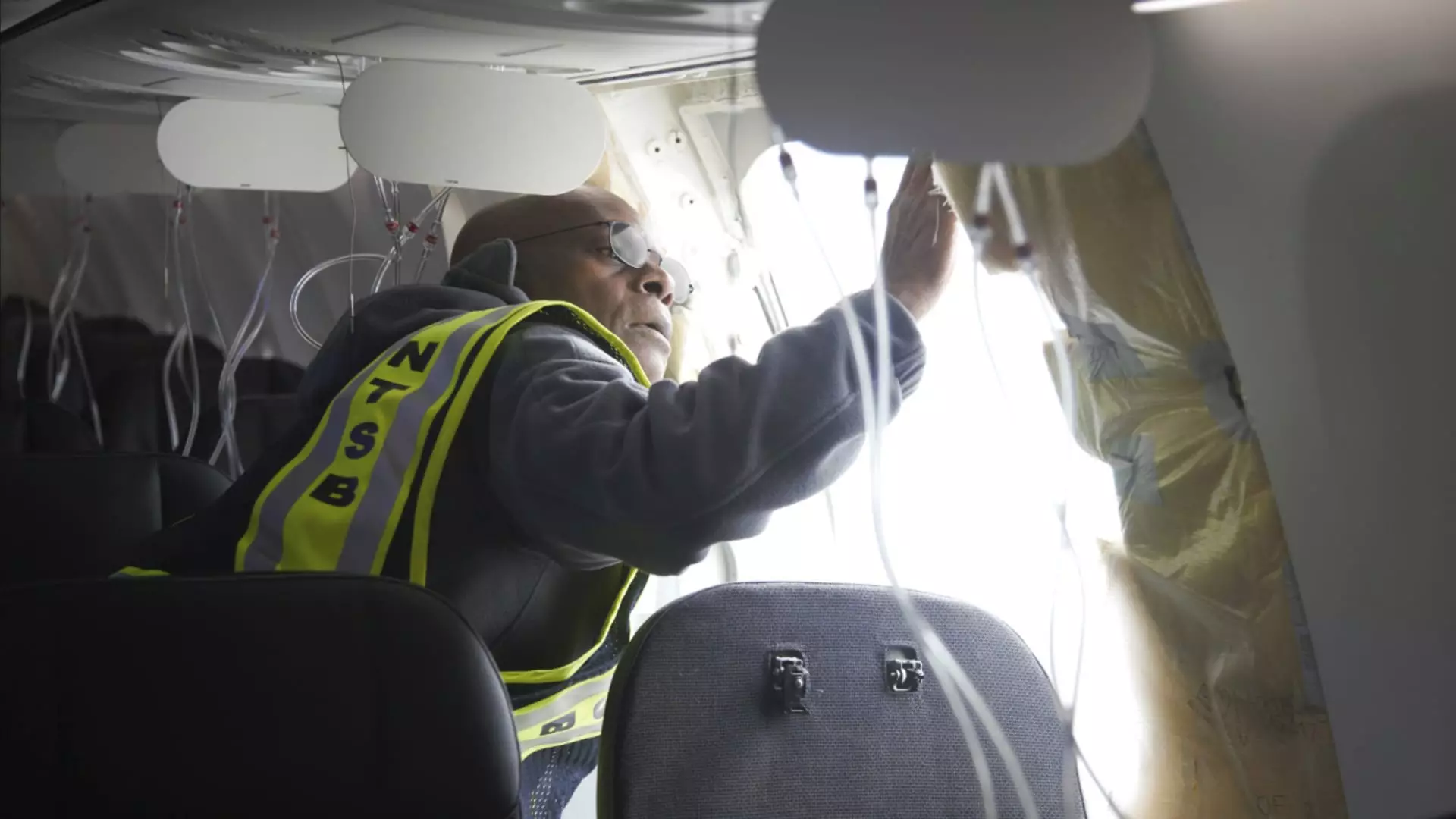In a recent incident, a door plug on a Boeing 737 Max 9 blew out during an Alaska Airlines flight, resulting in a gaping hole in the fuselage. As a result, the Federal Aviation Administration (FAA) promptly grounded all 737 Max 9 aircraft for inspection. The incident has once again drawn attention to Boeing’s ongoing struggles and puts CEO Dave Calhoun in the spotlight.
Boeing CEO, Dave Calhoun, expressed remorse and accepted responsibility for the incident, stating that the company acknowledges “our mistake.” In an internal communication, Calhoun emphasized the importance of such incidents and their potential consequences, saying, “Every detail matters.” The image of the damaged aircraft raised concerns about the safety of passengers who could have been seated next to the blown-out panel, highlighting the gravity of the situation.
This recent incident adds to Boeing’s recent history of problems with their aircraft. The company has faced a series of defects over the past few years while simultaneously attempting to improve its production process and restore its reputation following the fatal crashes in 2018 and 2019. The grounding of the 737 Max 9 aircraft by the FAA further intensifies the scrutiny on Boeing and raises questions about the effectiveness of their quality control measures.
Fortunately, no one was seated in the immediate vicinity of the blown-out panel during the Alaska Airlines flight, potentially averting a more severe tragedy. However, this incident has significant implications for both passengers and airlines. Passengers may question the safety of Boeing aircraft, particularly the 737 Max 9, and may hesitate to choose flights operated by airlines utilizing this aircraft type. This could lead to financial losses for affected airlines, as passenger confidence could be greatly impacted.
The incident prompted Alaska Airlines and United Airlines, the two largest operators of the 737 Max 9, to conduct immediate reviews of their aircraft. Both airlines reported finding loose parts in the same area that underwent inspection. These findings highlight potential vulnerabilities in the aircraft’s design or manufacturing process, further tarnishing Boeing’s reputation and exacerbating concerns about passenger safety.
Boeing now faces the daunting task of rebuilding trust with both the public and the aviation industry. Stricter quality control measures, enhanced safety protocols, and transparent communication with customers will be vital in regaining confidence. The incident should serve as a wake-up call for Boeing and prompt a comprehensive reassessment of their production and inspection processes.
To ensure such incidents do not reoccur, Boeing must prioritize safety over production targets. The company must commit to rigorous quality control measures, comprehensive inspections, and prompt rectification of any identified issues. Continued collaboration with regulatory bodies, such as the FAA, is crucial in establishing and maintaining trust in Boeing’s aircraft.
Boeing’s acknowledgment of its mistake following the Alaska Airlines incident is a step in the right direction. However, the aircraft manufacturer must now take decisive action to rectify its ongoing issues and rebuild trust within the industry and among the flying public. With the aviation world closely watching, the success of Boeing’s recovery efforts will ultimately determine its future.


Leave a Reply